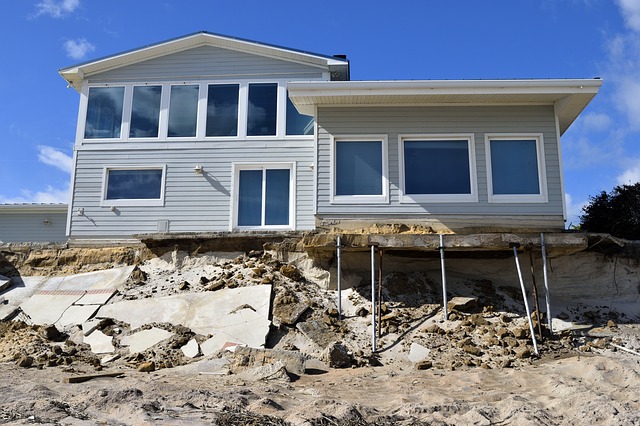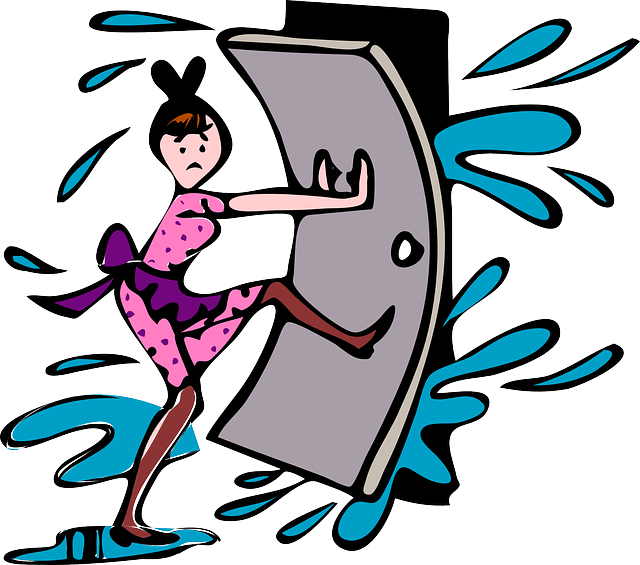Water can cause extensive damage to your property. It seeps into small nooks and crannies and becomes stagnant, leading to the growth of mold.
It also significantly damages the structural foundation of your property over time if proper water damage restoration is not carried out. If your house has been damaged by a flood or water from any other source, you need to call a water damage restoration company right away.

They use a variety of different techniques to remove the water and make sure that there’s no additional humidity in the closed environment of your house. Here are five of the most common restoration techniques used by companies.
-
Air Drying
The first and arguably the most common technique that’s used by almost every water damage company is air drying. The concept is simple: increase airflow circulation within the room, which speeds up the process of evaporation, thus allowing the water to dissipate from the environment. It’s a relatively inexpensive method for restoration since no expensive equipment is required.
-
Dehumidification
In many cases, the flood damage company may resort to dehumidification. A dehumidifier is used to increase the dryness in the room and stabilize it after a damaging event. The company decides whether to use a desiccant humidifier or a refrigerant-based humidifier.
-
Intra-Wall Drying
This relatively new method is employed for flood damage restoration. It dries the insides of the walls without requiring any sort of removal. Small holes are drilled near the base to allow for the circulation of air for drying the water inside the drywalls.
-
Heating
In many cases, an indoor heater may be placed inside a room to increase the rate at which water evaporates from the room. If there’s excessive sunlight, the windows can be opened for better circulation.
-
Repair Work
After the water has been dried, the repair work begins. This involves carrying out minor and major repairs on the property to bring it back to its pre-water damage condition. The company might also have to replace the baseboards and the drywall in some rooms.

